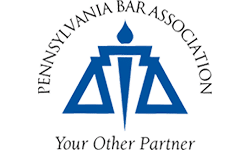When it comes to impaired driving in Pennsylvania, the focus is often on substances. However, otherwise responsible drivers also operate vehicles while impaired by driving drowsy. Some may become sleepy during long road trips. Others may start to nod off after pulling a long shift at work. These drivers are often as dangerous as drunk drivers on the road.
Put that driver behind the wheel of an 18-wheeler after 16 hours of driving and the risks of fatal crashes increase. This was the reasoning behind regulations to limit the daily hours that truckers spent on the road. NPR reports that drivers must take a half an hour break after 11 hours and then call it quits after 14 hours from start time.
Truck drivers tend to make a living from miles driven versus hours worked, so many truckers push themselves to make the money. Not surprisingly, there are several workers in the industry who believe the regulations should be revised or scrapped altogether. Some describe it as being forced to take a nap in kindergarten.
While many truck drivers kept up 16-to-18-hour driving shifts and maintained a spotless driving record in the past, this is not the safest work habit for the industry. Even outside of trucking, drowsy driving is a problem. The CDC estimates that it caused 800 deaths, 50,000 injuries and 91,000 crashes in 2017 alone.
When people drive drowsy, the symptoms bear a striking resemblance to driving under the influence. They become less alert. Their ability to react quickly slows. Individuals may also struggle to make good decisions, especially when they need to do so in a few seconds to save lives. Even so, the Trump administration reportedly intends to relax the rules regarding breaks for truckers.






